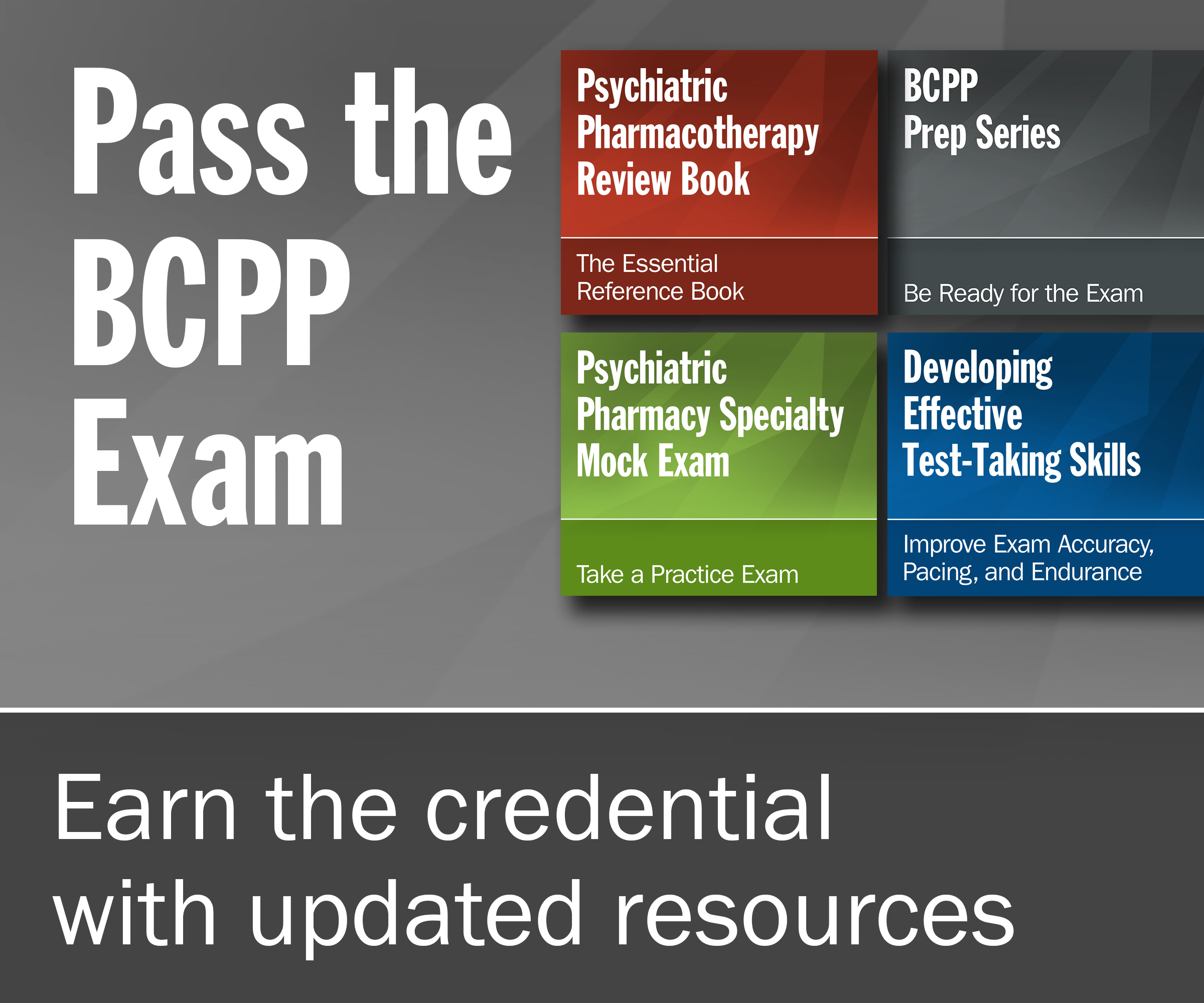No summary available
hours
No summary available
No summary available

2025 Recertification Editorial Board Jade Abudia, PharmD, BCPP Augusta, GA No Relevant Financial Relationships to Disclose

No summary available








Coming Soon!

Coming Soon!

Explore the 4 key steps for integrating pharmacists team members and explore 8 sample workflows illustrating how pharmacists engage with patient care.

Pharmacy residency training is considered the gold standard for pharmacists interested in practicing in direct patient care roles across community and inpatient settings. For those wishing to specialize in psychiatric pharmacy, completing a PGY2 psychiatric pharmacy residency is the most efficient process to train qualified psychiatric pharmacist specialists who are eligible to become board-certified in psychiatric pharmacy (BCPP).

Thank you to our 2025 abstract and award reviewers for their volunteer service! Jade Abudia, PharmD, BCPP Makenzie Harrison, PharmD Mackenzie Pierce, PharmD, BCPS, BCPP

Funded by Foundation donors in memory of AAPP Past President Ann Richards

No summary available

No summary available

No summary available

No summary available

No summary available